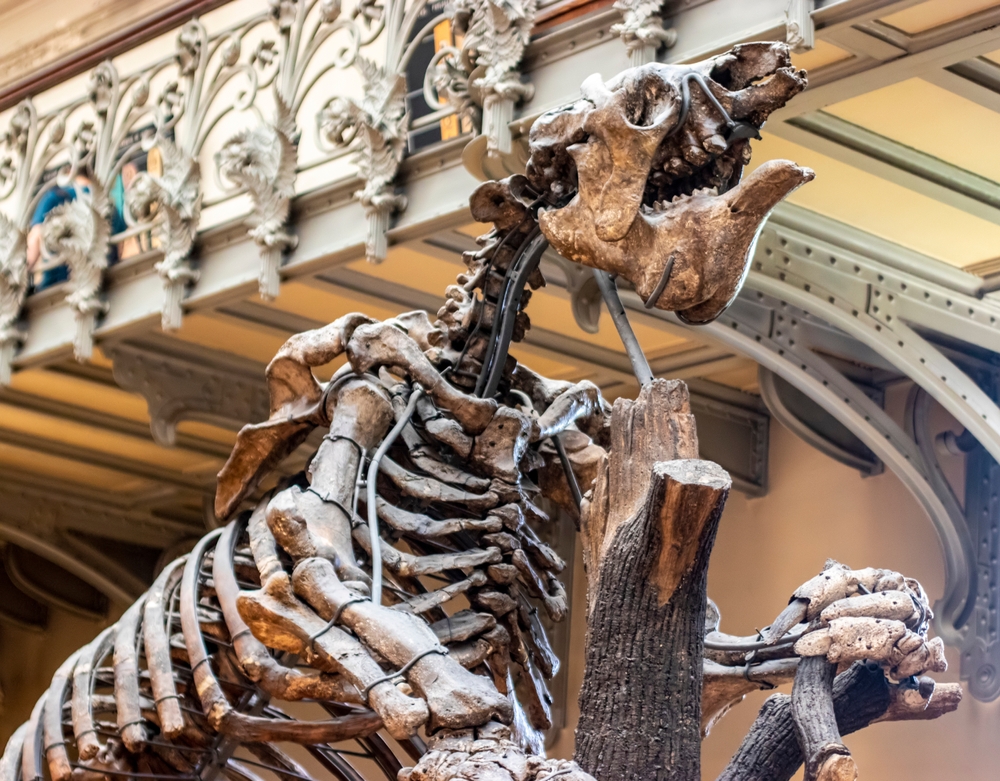
🌍 Resonance of Earth’s Behemoths: When Colossal Sloths Dominated the Americas
Long before contemporary sloths became emblematic of languorous tree-dwelling, their gigantic predecessors were ecological powerhouses traversing from Alaska’s frigid extremes to Argentina’s tropical coasts. These elephantine creatures, some weighing in at over 8,000 pounds, created monumental caves with claws the size of a bear’s, altered landscapes, and even explored ocean floors for seagrass. Their dominance lasted for 30 million years—but came to a sudden halt just 15,000 years ago, coinciding with the arrival of humans across the American continents.
A pioneering investigation, recently released in the journal Science, utilizes fossil examination and ancient DNA to reconstruct the evolutionary and ecological heritage of these overlooked behemoths. The findings present a vibrant depiction of a once extraordinarily diverse mammalian lineage, now diminished to merely six small, tree-dwelling species.
🌿 From Tree Climbers to Earth Movers
Currently, sloths seldom exceed 15 pounds and are primarily recognized for their slow movements through average rainforest flora. However, their ancient predecessors narrated a completely different tale—one of magnitude, power, and survival in some of the planet’s most extreme habitats.
The study states that ancient sloths did not start as giants. The earliest sloth family members were about the size of large dogs, primarily adapted for terrestrial living. Gradual size and specialization developed over time—and, interestingly, not uniformly. Evolution experimented with various trajectories, and sloth gigantism arose independently at least three different times in separate sloth family branches.
“They resembled grizzly bears but were five times larger,” remarked Rachel Narducci, vertebrate paleontology collection curator at the Florida Museum of Natural History and a co-author of the research. She specifically mentioned Megatherium, one of the largest known giant ground sloth genera. Some adults reached over 12 feet in height when standing on their hind legs—a characteristic that made them literal high-reach grazers in the ancient ecosystem.
🌡️ A Climate-Driven Evolutionary Competition
The study uncovers a fascinating connection between climate change and sloth evolution, with body size reflecting Earth’s changing temperatures over millions of years. Initially, during the warm and forest-abundant Middle Miocene (17 to 14 million years ago), sloths shrank in size to effectively navigate thick vegetation, providing a benefit for a more arboreal life.
However, as temperatures dropped and forests transitioned to vast grasslands and sparser woodlands, terrestrial sloths increased in size. Larger bodies facilitated improved thermoregulation, greater fat reserves, and enabled longer migrations across diverse climates and extensive terrains.
Incredibly, some species even adapted to a semi-aquatic way of life. Researchers found that certain sloths developed dense bones for underwater foraging and elongated snouts for grazing on seagrass—traits remarkably akin to modern aquatic mammals like manatees.
Key Evolutionary Insights:
– Ground sloths attained ideal body weights averaging 1,672 lbs (758.6 kg)
– Tree-dwelling types consistently remained under 14 lbs (6.5 kg)
– Gigantism evolved independently at least three occasions
– Size adaptations closely correlated with their preferred habitats
– Evolution progressed more rapidly in tree-adapted species, likely due to reduced size and isolated forest conditions
🏞️ Behemoths of the Ecosystem
While remarkable in size, ancient sloths were also adept at adaptation. Ground sloths inhabited various environments ranging from cold boreal forests in Alaska to damp cloud forests in the Andes and sun-scorched deserts in the American Southwest.
With forelimbs comparable to human arms and claws as thick as baseball bats, some sloth species dug expansive subterranean caves. These not only offered shelter but also functioned as long-term waste disposal sites—like Nevada’s Rampart Cave, where researchers discovered a 20-foot-thick pile of fossilized feces, a testament to centuries of occupation by sloth populations.
The Florida Museum of Natural History, which boasts the world’s most comprehensive collection of North American and Caribbean sloth fossils, played a pivotal role in the recent study. Narducci personally measured 117 fossilized limb bones to assist in reconstructing sloth size variations across both time and geography.
👣 The Silent Decline: Sloth Extinction in the Anthropocene
Despite their evolutionary triumphs, sloths—and many of their Pleistocene megafauna contemporaries—vanished swiftly around 15,000 years ago. While climate fluctuations have occurred for millions of years, the study found no significant temperature anomalies to account for the abrupt extinctions.
What aligned with this period was the emergence and expansion of humans across the Americas.
The very gigantism that enabled ground sloths to flourish—enormous body sizes, sluggish metabolisms, and few natural enemies—may have ultimately sealed their fate against mobile, tool-wielding humans.